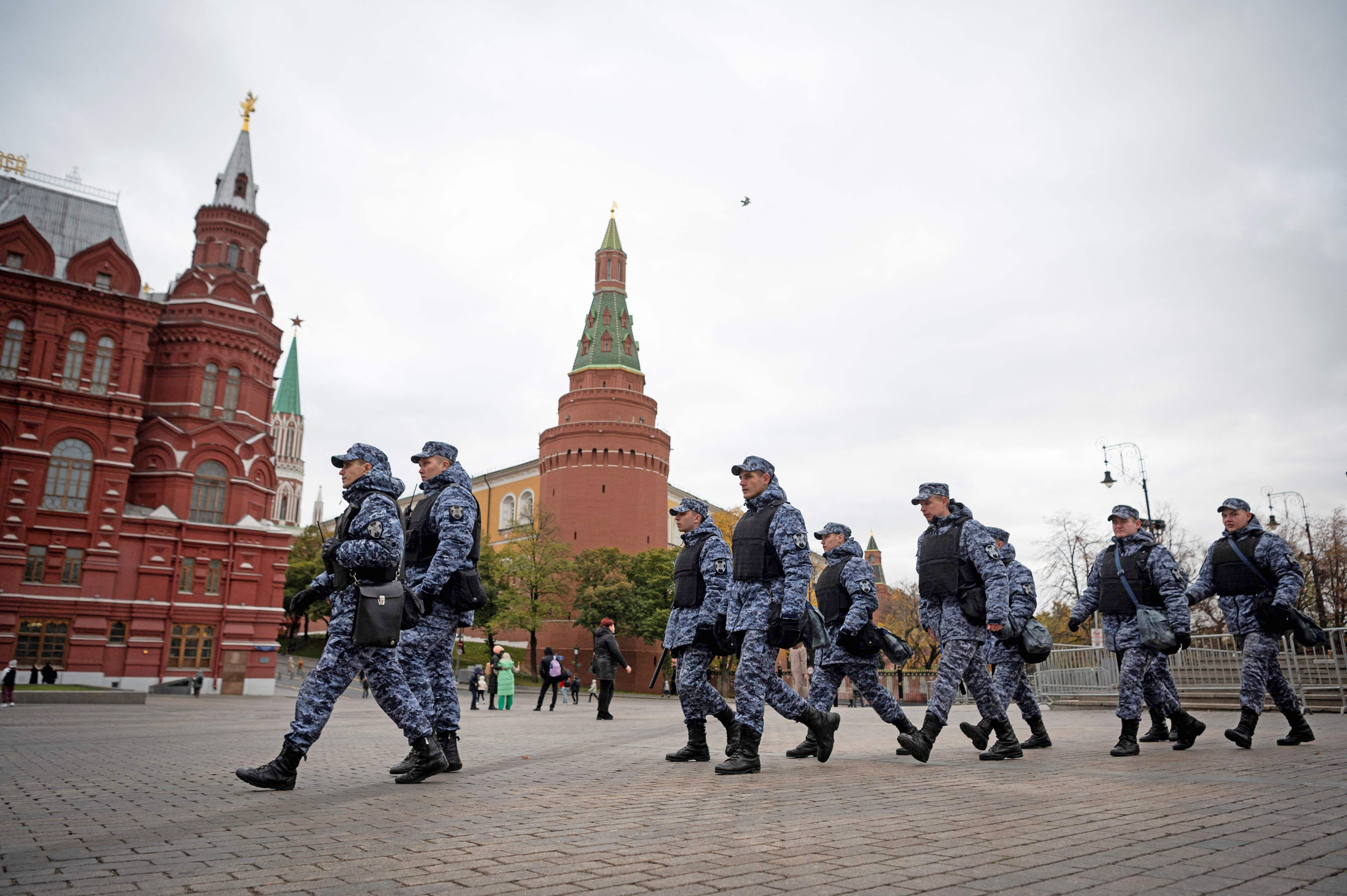In a new investigation by the New York Times, fresh evidence has come to light about the October 7 Hamas attack on Israel, which left many killed and triggered a fresh escalation in the area.

The report exposes a massive security lapse by Israel as its troops were caught off guard when Hamas struck. When Israeli military headquarters in Tel Aviv, known as The Pit, received reports of Hamas rocket fire, it took more than an hour for them to issue deployment instructions. Troops were slow to respond, not fully comprehending that an invasion was already underway.
The New York Times report further states the military was undermanned, soldiers were out of position, and communication was chaotic. They resorted to impromptu WhatsApp groups, and even social media posts were used to target information. Commandos rushed into battle without adequate preparation.
Shockingly, there was no specific plan to counter a large-scale Hamas attack. Soldiers on the ground had to improvise, contradicting the long-standing Israeli military doctrine of being on the offensive and anticipating enemy moves.
Israeli security agencies underestimated the threat, dismissing repeated assessments that Hamas was planning a massive invasion. Even when presented with Hamas battle plans, the authorities clung to an optimistic view, leading to a lack of strategic preparation.
Civilian guard and reservist issues:
The civilian guard, Kitat Konnenut, was intended as the first line of defence, but standards varied, and some units were poorly trained. Reservists were not prepared for a quick response, with some heading south on their own initiative, according to the New York Times.
Hamas strategically blocked key highway intersections, hindering the military’s mobility. The assault on the Re’im military base, a key coordination centre, left soldiers there fighting for their lives instead of managing the response.
Also Read | Israel advances into Gaza, destroy Hamas tunnel complex; 200 killed in 24 hours
Commando units were ill-prepared, misjudging the threat. Troops went into battle with pistols and assault rifles, expecting a limited encounter, while Hamas had heavy firepower and the intent to fight for an extended period.
Communication disruption inside the Re’im base, coupled with a lack of understanding of the situation, further hampered the military response. It took most of the day to regain control of the base.
Hamas strategically targeted key junctions, setting up ambushes along the central highway. This tactic delayed Israeli soldiers and left civilians in besieged towns waiting for help.
Soldiers, despite the chaos, showed bravery. However, the need for heroes indicates a breakdown in the military’s preparedness and response strategies.
